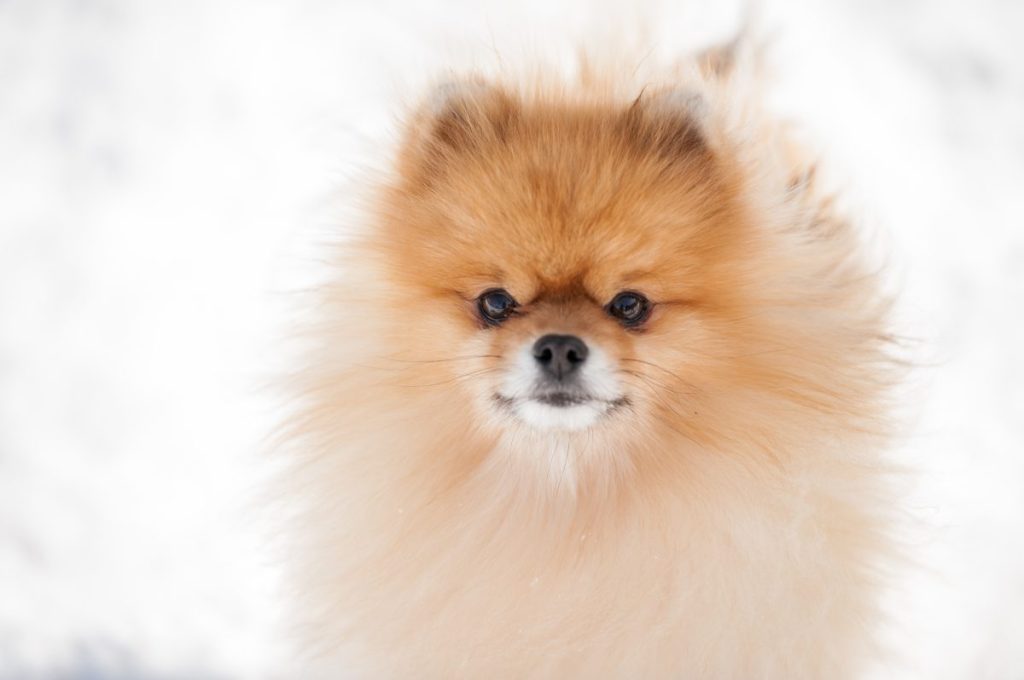The Pomeranian is a small companion dog breed from the Spitz family whose name is tied to their origin in the Pomerania region in central Europe. Classified as part of the toy group, Pomeranian dogs are highly energetic and intelligent. While small, weighing just 3 to 7 pounds, the Pomerian descended from the larger German Spitz. Pomeranians come in various colors and patterns…

Pomeranian
Statistics
Dog Breed Group
Companion Dogs
Height
7 to 12 inches tall at the shoulder
Weight
3 to 7 pounds
Life Span
12 to 16 years
Trending
No content yet. Check back later!